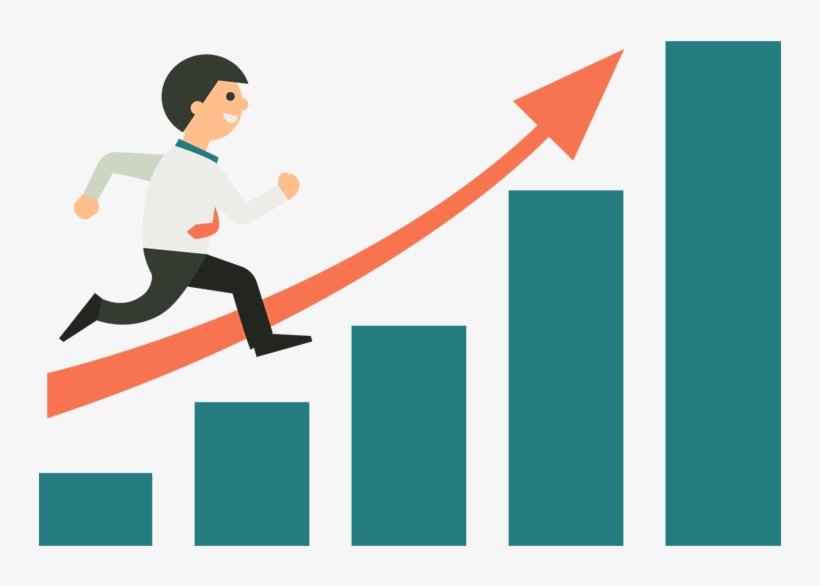The Transformative Power of Design Thinking in Entrepreneurial Innovation
Entrepreneurial success hinges on the ability to innovate and meet evolving customer needs. While numerous factors contribute to a venture's prosperity, design thinking—a human-centered, iterative problem-solving approach—emerges as a crucial catalyst for impactful innovation. This methodology prioritizes understanding user needs and desires, significantly improving the probability of creating successful and sustainable businesses. This analysis explores the multifaceted impact of integrating design thinking into entrepreneurial innovation strategies.
A Structured Approach to Problem Solving: Applying Design Thinking Principles
Design thinking transcends a mere trend; it represents a robust methodology grounded in the principles of empathy, experimentation, and iteration. The framework typically involves five stages: Empathize (understanding user needs), Define (clearly articulating the problem), Ideate (generating creative solutions), Prototype (creating tangible representations of solutions), and Test (evaluating prototypes and iterating based on feedback). This structured process facilitates a systematic approach to complex challenges, breaking down intricate problems into manageable components for efficient analysis and resolution. This aligns with the problem structuring methods described in decision-making literature, allowing for more effective solutions.
Cultivating Customer-Centricity through Empathetic Understanding
Design thinking empowers entrepreneurs to gain a profound understanding of their target audience, encompassing their needs, desires, pain points, and unmet expectations. Employing ethnographic research methods such as user interviews, observations, and surveys allows for deep empathetic engagement. This detailed understanding forms the foundation for creating products and services that directly address customer concerns, fostering seamless and satisfying user experiences. This directly impacts customer relationship management (CRM), leading to increased loyalty and brand advocacy, a key aspect of relationship marketing theory.
Iterative Innovation and Agile Development: Embracing Market Dynamics
The iterative nature of design thinking aligns perfectly with agile methodologies. The process embraces continuous refinement based on user feedback collected at each stage. This adaptive approach facilitates a response to market changes and competitive pressures, ensuring the viability and relevance of solutions over time. The continuous feedback loops inherent in design thinking mitigate the risk of significant market miscalculations and align the product with evolving customer expectations. This approach is similar to the feedback loops described in system dynamics models, leading to better adaptation and responsiveness.
Risk Mitigation and Validation Through Prototyping and Testing
Design thinking significantly reduces the financial and market risks associated with entrepreneurial ventures. By creating and testing prototypes early in the development process, entrepreneurs can validate their assumptions, identify potential flaws, and make data-driven decisions based on empirical evidence. This approach minimizes wasted resources and increases the likelihood of success, reducing the impact of uncertainty as described in prospect theory. The reduction in ambiguity leads to more confident and informed decisions.
Building a Sustainable Competitive Advantage: Differentiation through Customer Value
In today's fiercely competitive business landscape, creating a sustainable competitive advantage is paramount. Design thinking enables entrepreneurs to develop unique, customer-centric offerings that stand out from competitors. By prioritizing user needs and delivering exceptional value, businesses cultivate strong customer relationships, resulting in loyalty and positive word-of-mouth marketing. This builds a robust competitive advantage grounded in superior customer experience, a core principle of blue ocean strategy.
Fostering Collaboration and Leveraging Diverse Perspectives
Design thinking inherently promotes collaboration and the integration of diverse perspectives. By assembling teams comprising individuals with various skill sets and backgrounds, businesses can tap into collective creativity and expertise. This synergistic approach is vital for generating innovative solutions to complex problems and cultivating a thriving, innovative organizational culture, aligning with the principles of organizational learning theory.
Data-Driven Decision Making: Evidence-Based Strategies
Design thinking prioritizes data collection and analysis at each stage. This evidence-based approach ensures that decisions are not driven by intuition alone but by concrete data and user feedback. This objective approach mitigates uncertainty and risk, promoting informed strategic choices that maximize impact and minimize potential failures. This aligns with the principles of evidence-based management, leading to more effective and efficient resource allocation.
Optimizing Efficiency and Resource Allocation: Streamlining for Maximum Impact
By focusing on user needs and eliminating unnecessary features, design thinking optimizes processes and resource allocation. The structured approach helps to streamline development, reduce waste, and maximize the return on investment. The focus on delivering core value through minimal viable products (MVPs) ensures efficient utilization of resources, a critical aspect of lean startup methodology.
Enhancing Market Responsiveness and Adaptability
Design thinking fosters agility and adaptability, allowing businesses to quickly respond to market changes and evolving customer needs. Through continuous feedback and interaction, businesses can anticipate shifts in demand and adjust their strategies effectively, maintaining a competitive edge in dynamic market conditions. This rapid responsiveness reduces the time-to-market, optimizing product relevance and increasing the likelihood of success.
Conclusion: Design Thinking as a Strategic Imperative for Entrepreneurial Success
In conclusion, design thinking represents a transformative methodology for entrepreneurial innovation. Its human-centered approach, iterative process, and emphasis on data-driven decision-making provide a robust framework for building successful and sustainable ventures. By integrating design thinking principles, entrepreneurs can gain a profound understanding of their customers, generate impactful ideas, mitigate risks, and develop a sustainable competitive advantage. It's a strategic imperative for businesses aiming for growth and enduring success in today's highly competitive and dynamic market environments. Further research could explore the long-term effects of design thinking implementation on various organizational performance metrics and assess its effectiveness across diverse industry sectors and company sizes.







No comments yet. Be the first to share your thoughts!